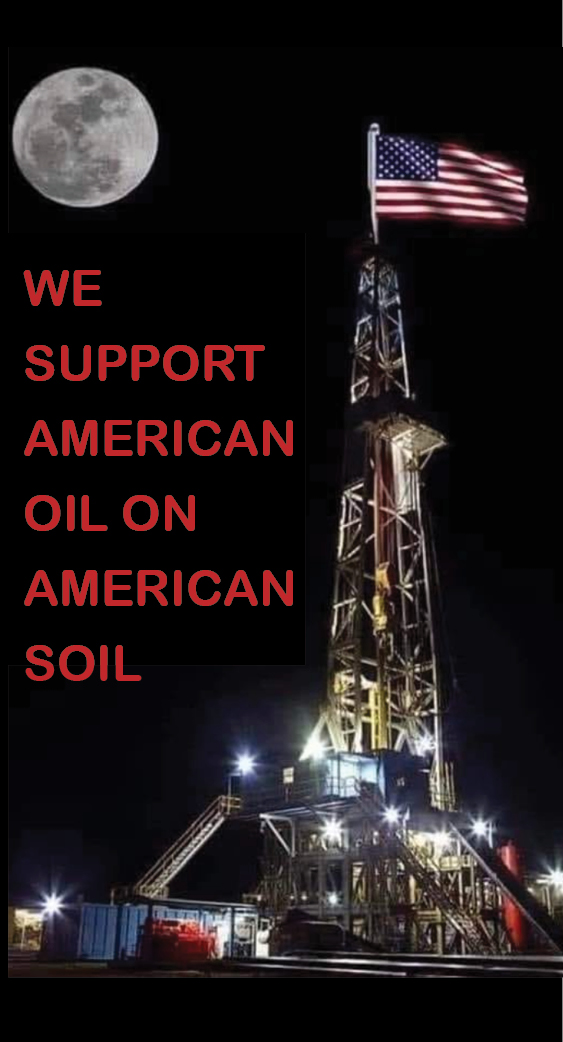Vanson Bourne: Energy Sector Looks to IoT to Cut Waste and Reduce Emissions
A new research reveals that energy companies are increasingly relying on Internet of Things (IoT) technologies to manage and reduce the impact of their operations on the environment.
This is a key finding from an independent study commissioned by global mobile satellite company Inmarsat, which found that monitoring environmental changes is the biggest driver of the technology in the energy sector.
Market research specialist Vanson Bourne interviewed 100 energy companies from across the world as part of Inmarsat’s The Future of IoT in Enterprise.
It found that monitoring the environment is the primary driver of IoT adoption in the sector; cited by over half (51 percent) of respondents, ahead of ‘identifying cost saving opportunities’ (47 percent) and ‘monitoring customer engagement’ (44 percent).
Moreover, 44 percent of respondents stated that they had already improved their environmental sustainability as a result of their use of IoT, and a further 36 percent expected to do so in future, indicating the effectiveness of the technology in this area.
“The energy industry is the biggest net contributor to greenhouse gas emissions globally and while it has made great strides over the past few years to reduce emissions, there remains much work to be done,” said Inmarsat Enterprise Vice President Phil Meyers.
“Energy companies are coming under increasing pressure from regulators, pressure groups and the general public to address this issue, and it is clear that many are looking to new technologies, such as IoT, to increase the sustainability of their operations and reduce their environmental footprints.
“Energy lost in the transmission and distribution of fuel is an area in which we could see some significant and immediate improvements. In the US, the oil and gas industry is responsible for leaking approximately 1 million tonnes of methane into the environment every year, contributing as much to greenhouse emissions as 5.6 million cars.
“However, by deploying IoT sensors, energy companies can automatically optimize gas distribution to manage pressure in their networks and minimize leakage.
“IoT-enabled, condition-based maintenance tools, meanwhile, can also be deployed to monitor the performance of equipment, helping to identify potential problems and address them before they disrupt operations and wreak havoc on the environment,” he continued.
“IoT holds a great deal of promise for enabling the energy sector to cut waste and reduce its impact on the environment, but realizing these benefits depends upon stable and reliable connectivity,” Meyers concluded. .
“The success of IoT solutions depends on the ability to regularly transmit data gathered by connected networks of sensors and devices back to a control room for analysis, and in the case of the energy sector, much of that will take place at long distances across remote locations that may lack cellular coverage, which is why satellite is critical.”
Satellite communication networks are optimized to deal with critical communications, providing the reliable and resilient connectivity that is fundamental to the successful deployment of IoT solutions.
Inmarsat’s L-band satellite communication network can deliver truly global connectivity to any location and collect large volumes of data with 99.9 percent uptime, enabling energy companies to safeguard their operations and focus on continued innovation.
Source: Energy Business Review
Be in-the-know when you’re on-the-go!
FREE eNews delivery service to your email twice-weekly. With a focus on lead-driven news, our news service will help you develop new business contacts on an on-going basis.
CLICK HERE to register your email address.






















